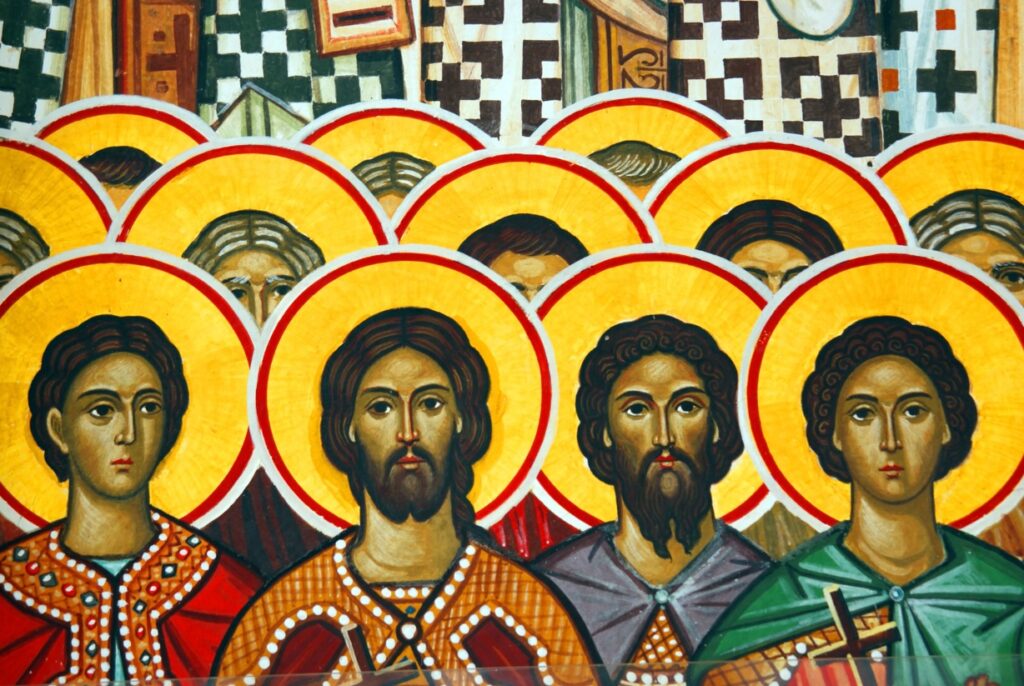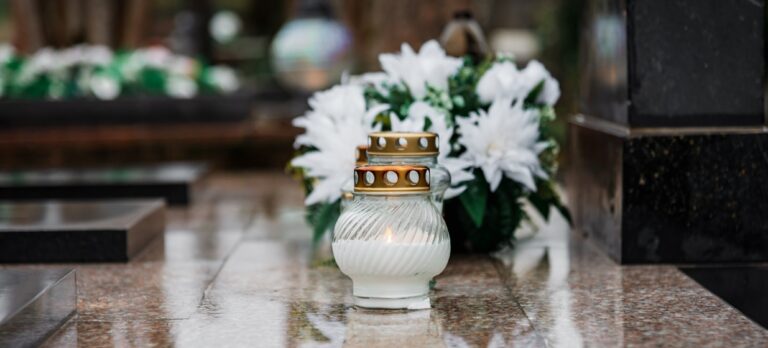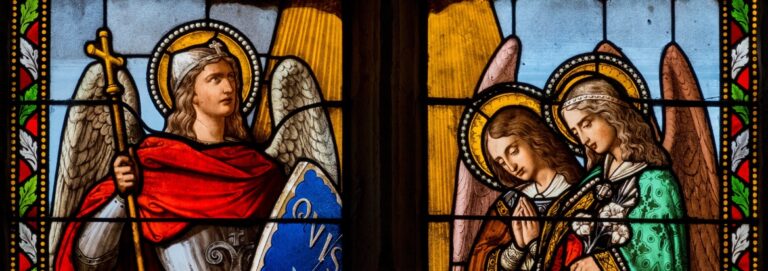
OH, TO BE A SAINT!

What does it mean to be a saint? An appropriate question, don’t you think, for the solemnity of All Saints, celebrated by the Catholic Church this year on Nov. 1.
If asked, most people would refer to the official saints, the ones we see in the stained glass windows in our churches: St. Joseph, Paul, Francis, the evangelists, Teresa and all those well-known and widely venerated figures who represent, pardon the expression, the superheroes of our faith.
Others might think a little more generally and tell you a saint is a very, very good person. They probably know a few people who qualify as saints under this definition. However, even the canonized saints exhibited character traits that were not always kind and considerate. They could be cranky, passionate, driven in their devotion to the faith.
The very notion of “sainthood” has a long, venerable, even contentious history. In the Catholic Church, the term saint has a very specific definition and a precise method of determining who exactly qualifies to be called a saint.
Over the centuries, the idea of sainthood has drawn the attention of untold artists, writers, poets and philosophers, not to mention theologians, priests, bishops, popes and spiritual thinkers.
Nelson Mandela once said, “I am not a saint, unless you think of a saint as a sinner who keeps on trying.”
And then there was Dorothy Day’s famous quip: “Don’t call me a saint. I don’t want to be dismissed so easily.”
The well-known American social activist and founder of the Catholic Worker movement was responding to pious notions of saints embodied in plaster statues found in churches everywhere. The real meaning of sainthood is deeper and many-layered.
Saints come in all sizes and colours. The Catholic Church says all Christians are called to be saints. They are persons in heaven “who lived heroically virtuous lives, offered their life for others, or were martyred for the faith, and who are worthy of imitation,” according to the U.S. Conference of Catholic Bishops.
In his 2006 book Stalking the Holy: The Pursuit of Saint Making, Catholic scholar and journalist Michael W. Higgins says “On the road to holiness are the saints, and they are there for Catholics to imitate, venerate, and invoke. . . . They are more than travel agents to the Kingdom, and they are more than simply guides.”
The Church has a centuries-old method for determining who is officially recognized, of canonized, as a saint. However, the Church also recognizes that there are many people who have died, entered heaven and are saints eternally, though we do not know their names.
They are part of what the Church calls the “communion of saints,” which encompasses our ongoing relationship between those of us on earth and those who have gone before us to their eternal life with God. We are all sinners in our lifetimes, but know that we, too, can be saints, bringing to mind the oft-quoted James Joyce definition of the Catholic Church: “Here comes everybody.”
So on the feast of All Saints, let us turn in prayer to our favourite saints, asking for them to intervene for us before God. Let us also remember that saints are not other people; we, too, are called to sainthood.
Joseph Sinasac is a retired Publishing Director of Novalis Publishing. He has been involved with religious communications for almost 45 years as an author, journalist, editor and TV and radio commentator on all things Catholic.


